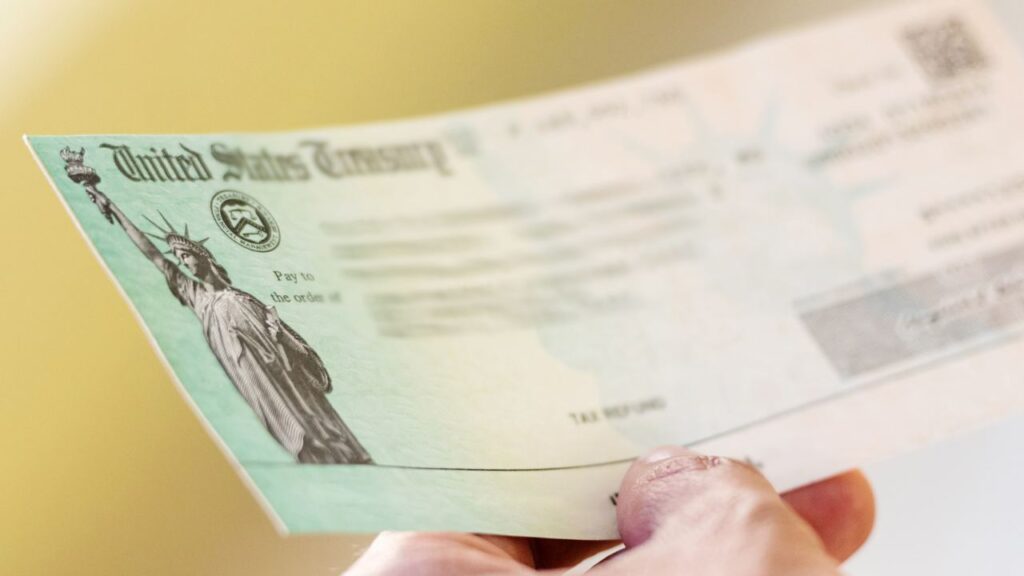The School Tax Relief (STAR) is an important initiative in New York for millions of families with school-age children, and every year, is expected by mid-class and low-income families. The STAR program provides a property tax exemption for New York State residents.
The initiative is divided into two main categories, each with its own eligibility criteria. The Basic STAR and the Enhanced STAR, which have two different sets of requirements and characteristics.
The Basic STAR program is available to homeowners who use their home as their primary residence, with a set household income limit. For fiscal year 2025, adjusted gross income cannot exceed $500,000 annually. There is no minimum age requirement for this category.
The Enhanced STAR program is specifically aimed at older homeowners. To qualify, at least one homeowner must be 65 years of age or older as of December 31 of the application year. The income threshold for Enhanced STAR in 2025 is $93,200 for household adjusted gross income.
Applicants must be enrolled in the STAR program, and in many counties, enrollment in the local senior citizen waiver program is also required.
Eligibility confirmation is processed through the official New York Department of Taxation and Finance portal. Applicants must submit documentation verifying their primary residence, household income, and, where applicable, the age of the owners.
Now, take this note, if your aiming to claim this tax benefits: taxpayers who already receive a STAR exemption on their tax bill cannot claim the refundable credit simultaneously in the same tax period.
Who’s eligible for the STAR tax exemption
The value of the economic benefit varies depending on the program category, the school district where the property is located, and its assessed valuation. For Basic STAR beneficiaries, annual discounts range from $350 to $600. This relief is applied as a direct exemption on the first $30,000 of the home’s taxable value. For Enhanced STAR participants, the benefit ranges from $700 to $1,500 annually.
Funds are distributed through three main methods: postal check, direct deposit into a bank account, or as a credit applied to a school tax bill. The final amount awarded to each household is determined by a formula that considers income level, geographic location—districts with higher tax rates typically generate larger benefits—and updated property valuations. Furthermore, local tax offices make the final calculations.
By 2025, the state-wide program is estimated to provide tax relief to approximately three million homeowners. The total distribution of resources will exceed $2.2 billion. “Governor Kathy Hochul has reiterated her commitment to maintaining this support amidst federal budget constraints,” according to official statements.
STAR program Disbursement schedule for fiscal year 2025
The payment date for STAR Program benefits is coordinated with the school tax due dates in each county. Phase 1 of disbursements for 2025 primarily covered metropolitan areas, including New York City, Yonkers, Buffalo, Rochester, and Syracuse, where taxes are due in June and July. Payments were processed during those same months.
Phase 2 of the calendar covers regions where tax deadlines fall in August or September. Disbursements to these beneficiaries began in August and will continue through October 2025. Recipients are advised to allow 5 to 10 business days for check processing or bank clearance. Those enrolled in direct deposit typically receive funds more quickly.
Property owners can check the specific distribution dates for their area using the STAR Credit Delivery Schedule online tool, hosted on the official website. The platform allows users to filter their search by county, school district, and city for personalized information. In cases of delay, it is recommended to first check the registration status before contacting the tax department directly.
More things to consider if you want this tax benefits in NY
The program’s administration is governed by strict regulations. Property owners who received the exemption on their tax bill under the previous system are not eligible for the refundable credit within the same fiscal year. Meanwhile, the property tax relief credit program has been inactive since its expiration in 2019.
The deadline for Enhanced STAR applicants to submit all required documentation was March 15, 2025. Those who missed this deadline may be considered for the next fiscal year. No official extensions are planned for late applications submitted outside the established deadlines.
Tax authorities emphasize that all information regarding eligibility, benefit amounts, and schedules is continuously updated on the official website. Using unofficial intermediaries or websites for procedures or inquiries is strongly discouraged. To resolve discrepancies, direct contact with the state department is considered the appropriate channel.
